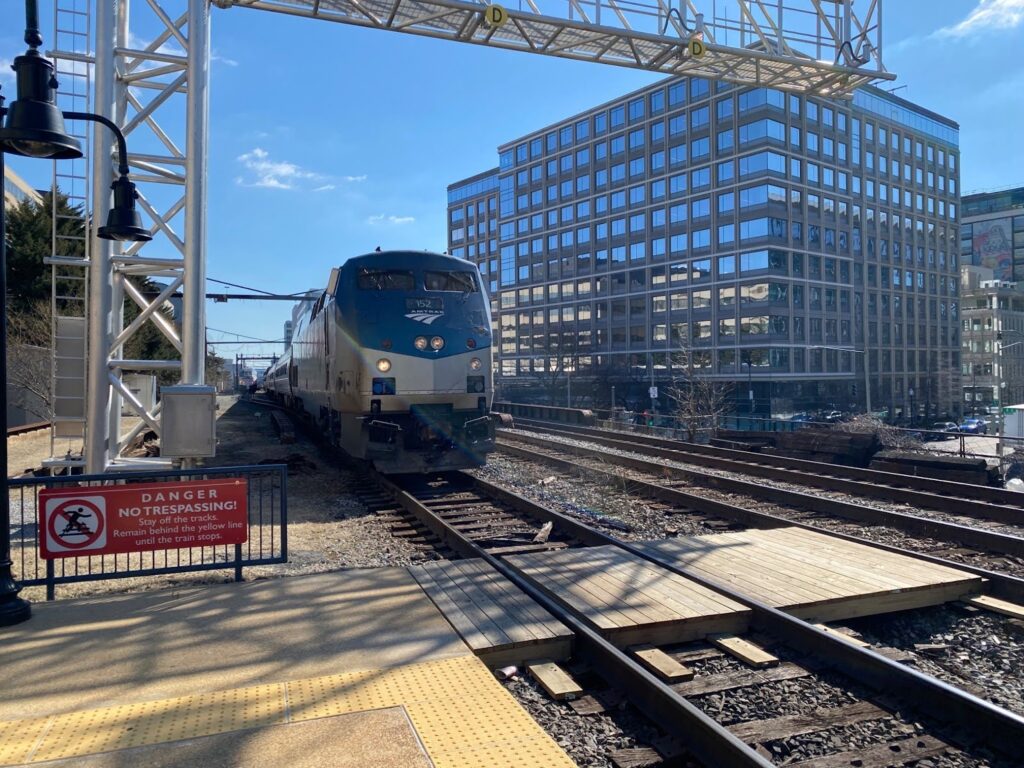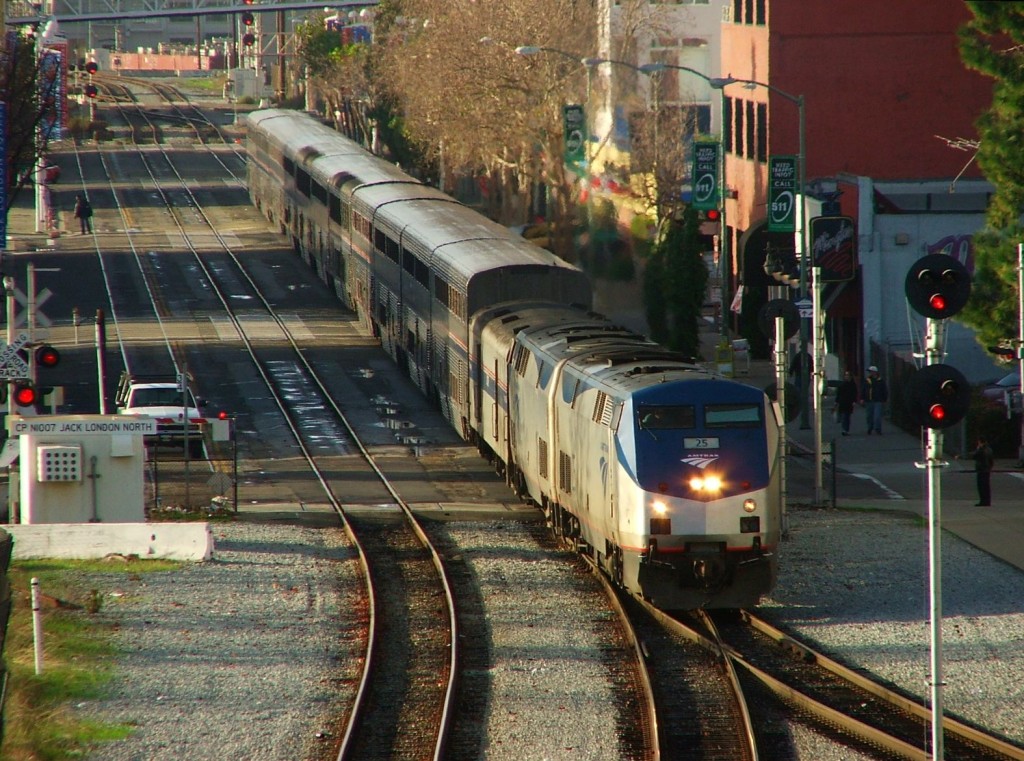
Updated House passenger rail bill is identical to last year’s promising compromise bill

It’s back! After the encouraging release of a compromise bill to govern the nation’s passenger rail policy in the last Congress, a nearly identical bill was introduced and passed out of committee this month and could be debated on the House floor as early as next week.
Thanks to the leadership of Chairman Shuster and Ranking Member DeFazio on the House T&I Committee, and Chairman Denham and Ranking Member Capuano on the rail subcommittee, the Passenger Rail Reform and Investment Act was introduced and advanced through the full House committee.
This new version is identical to the bill from the last Congress; a compromise bill that recognizes the benefits of a truly national passenger rail system and seeks to improve it rather dwell on drawbacks.
Most importantly, it preserves a national system of state-supported and long-distance routes and authorizes funding for the system that is consistent with the recent appropriations for Amtrak. While passenger rail certainly needs far more investment than it’s getting to truly prosper and meet the burgeoning demand, we were encouraged to see representatives who once had a hard time finding common ground agreeing on some important fundamentals.
We’re hopeful that this important issue will be debated on the House floor in the coming weeks.
Because this bill is basically identical to last year’s version, our summary of that bill from September 2014 can be found below.
Let’s get one issue out of the way up front. The Passenger Rail Reform and Investment Act of 2014 (PRRIA) does indeed lower the authorized amount of funding for Amtrak by 40 percent from in the level last adopted in 2008, capping it between $1.4B and $1.5B for each of the next four years. Although that looks like a step backward, in reality Congress never appropriated the full amount of authorized funds. Because there was no dedicated revenue source passenger rail funding was subjected to a contentious debate over general fund spending each year. The new bill yields to that reality and sets funding at the levels of the last several years.
It’s also worth keeping in mind that we’ve had budget proposals in the House over the last two years that appropriated between $1.0 or $1.1 billion for Amtrak — $400-500 million less than this reauthorization proposal from the same chamber.
There are some other interesting and positive changes worth highlighting.
The bill authorizes new competitive grant programs for the Northeast Corridor and for the national network. These programs are authorized at $150 million each for the next four years. The NEC program requires that states put up their own money equal to the federal grant, and the projects that can be funded must be on a priority project list to be developed by the Northeast Corridor Commission.
The bill will take the important first steps toward restoring rail service to the Gulf Coast, a region that has been disconnected from the national network since Hurricane Katrina forced the suspension of rail service along the coast. It’s an encouraging sign that the committee recognizes the value not only of preserving our current rail network, but expanding it to serve additional regions.
Some of the overall structure for funding also changes under this bill. Congress currently funds Amtrak under two programs: operating, and capital/debt service. This year, Congress funded these two programs at $1.39 billion. The bill restructures these programs into a Northeast Corridor Improvement Fund and a National Network Account at a total of $1.412 billion. The NEC account may be used only for that corridor and permits Amtrak to reinvest operational revenue there. The idea of privatizing the Northeast Corridor is off the table, at least for now.
The bill includes several requirements intended to create greater transparency in Amtrak’s financial reporting, increasing accountability and oversight over budgets and financial decisions. Calls by some members of Congress for increased competition in passenger rail were answered with a new pilot program (limited to two routes) that will allow rail carriers that own track used by Amtrak to submit a competitive bid along with Amtrak to provide the same level of passenger service there. The winning bidder would receive the right to provide passenger service for 5 years, with subsidies that would decline over time.
This bill does not contain everything that Transportation for America has called for, however.
For example, there’s still no dedicated funding source identified, which means that Amtrak will still have to fight for funding every year in the annual appropriations process. And some of the provisions related to Amtrak’s finances and operations could lead to changes in service down the road, such as the requirement that Amtrak contract with an independent entity to develop a new methodology for determining which routes to serve.
Still, in a Congress marked by partisan gridlock, we’re hopeful that this encouraging compromise in the House can lay the groundwork for creating a dedicated funding source for rail service that will put it on the same footing as other transportation modes.



